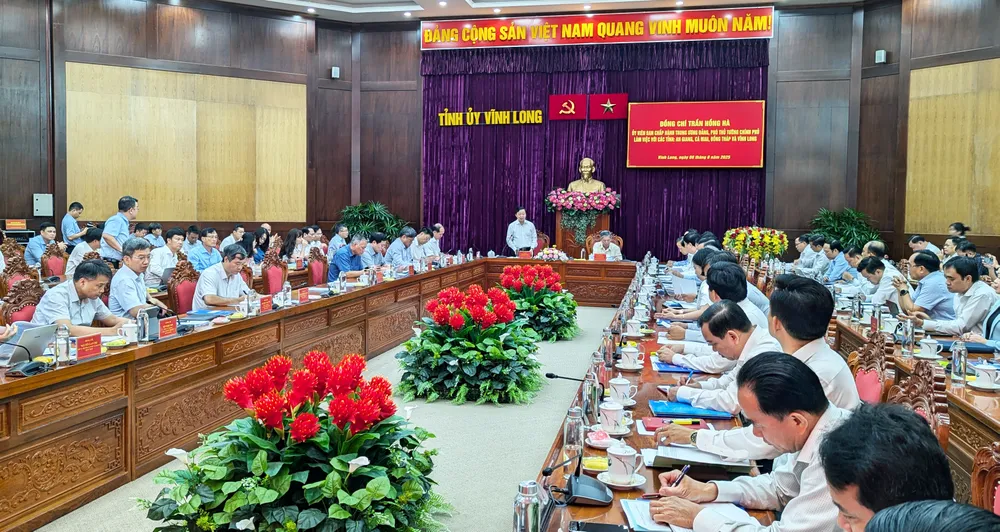
The meeting was attended by representatives of central ministries, branches and leaders of localities in the Mekong Delta region.
The economy recovered positively, GRDP grew quite well.
According to Mr. Le Thanh Quan, Director of the Department of Local and Territorial Economy ( Ministry of Finance ), in the first 6 months of 2025, the socio-economic situation in localities recorded many positive signals. The growth of gross regional domestic product (GRDP) reached a fairly good level, in which An Giang and Vinh Long led with an increase of approximately or exceeding 8%.
Specifically, Dong Thap GRDP increased by 7.16%, industry - construction increased by 10.54%, services increased by 7.53%; An Giang GRDP reached 8.12%, with industry - construction increasing by 11.3%, services increasing by 10.8%; Ca Mau reached 7.09%, notably with services increasing by 9.4%; Vinh Long increased by 7.49%, industry - construction increased by 11.47%, services increased by 8.74%.
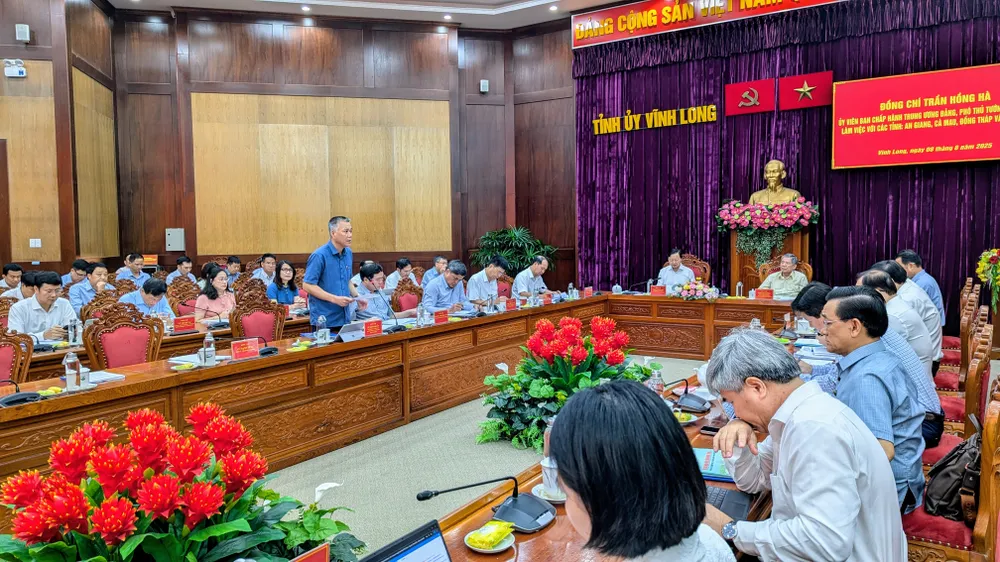
Industry and construction continued to be the key growth driver. Services recovered strongly thanks to domestic tourism, especially in An Giang and Ca Mau. Meanwhile, agriculture grew slowly due to climate change, increased input costs and fluctuating agricultural product prices. Exports in localities recorded slight growth thanks to the recovery of international markets and improved agricultural and aquatic product values. However, some products still faced difficulties due to technical barriers and high standards from markets such as the EU and the US.
Regarding investment, the total registered capital in the four provinces is estimated at over VND42,000 billion with over 60 new projects. Ca Mau province stands out with major projects in the energy sector such as the LNG Power Plant and Ca Mau Fertilizer Plant expansion. Vinh Long recorded progress in attracting FDI, with over USD1 billion invested in Hoa Phu and Binh Minh Industrial Parks.
Dong Thap and An Giang focus on attracting investment in the fields of agricultural and aquatic product processing and logistics close to raw material areas.
Notably, An Giang is leading in social housing construction, completing 1,809 units (72% of the annual plan), aiming for 6,300 units by 2030.
Proposal to remove obstacles in traffic infrastructure and organize the apparatus after the merger
At the meeting, localities proposed that the Central Government support investment and connection of inter-regional transport routes, increase connectivity, reduce logistics costs, and create favorable conditions for production and export.
Regarding the organizational structure, localities shared difficulties after merging administrative units and implementing the 2-level local government model. Some localities encountered a surplus of officials in one place and a shortage in another, and the quality of civil servants was uneven. Many communes, although having enough officials, lacked experience and expertise, leading to overload when receiving additional workload from merged communes.
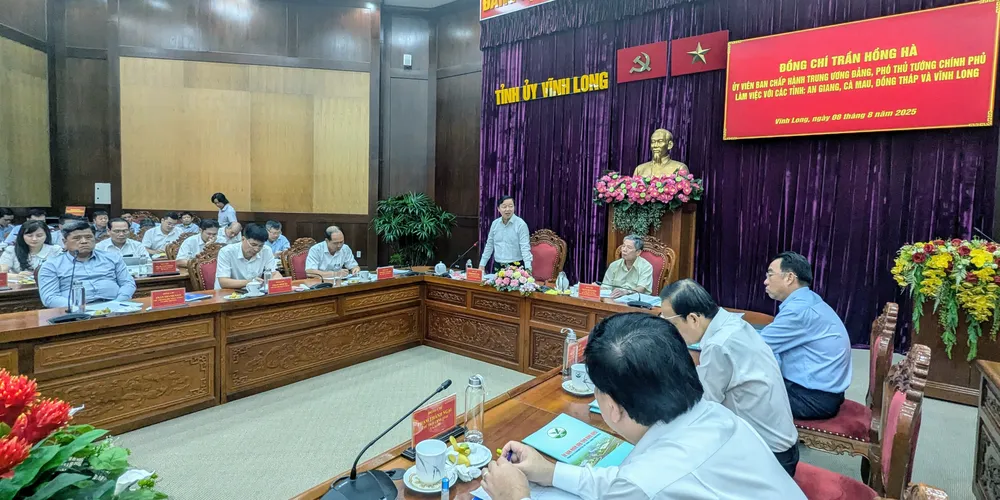
In his concluding remarks, Deputy Prime Minister Tran Hong Ha highly appreciated the efforts of localities in maintaining growth. He affirmed that the two-tier local government model is a correct policy, supported by the people, but needs to be comprehensively evaluated for completion.
The Deputy Prime Minister requested that provinces comprehensively review the staff and civil servants at the commune level, re-evaluate the organizational structure, capacity and qualifications, especially in merged localities.
"We must identify the right person for the right job. We absolutely cannot arrange things mechanically, ignoring professional requirements and practical efficiency," he emphasized.
The Deputy Prime Minister requested the Ministry of Home Affairs to review and soon issue a Decree guiding the determination of titles and criteria for civil servants and public employees, as a basis for localities to reorganize their apparatus flexibly and in accordance with reality.
Deputy Prime Minister Tran Hong Ha emphasized that the goal of implementing the two-tier local government model is to serve the people better. Not only streamlining the apparatus, the model needs to be operated effectively, flexibly and in accordance with the practical conditions of each locality.
The Deputy Prime Minister requested relevant ministries and branches to promptly consider and resolve specific recommendations from localities, especially in the fields of transport infrastructure, public investment and personnel organization - in order to create momentum for breakthroughs in the coming period.
Regarding public investment capital, the Deputy Prime Minister noted that localities with low disbursement rates need to proactively review each project, clearly identify the causes - including both objective and subjective factors - to have timely solutions, especially projects that are stuck in mechanisms, land, construction permits and materials...
In addition, the Deputy Prime Minister requested the provinces to coordinate with the Ministry of Finance, the Ministry of Home Affairs and relevant agencies to reorganize the grassroots political system, ensuring effective connection between the Party - Government - Fatherland Front. At the same time, it is necessary to invest in information technology infrastructure and apply management software to enhance operational efficiency in the new government model.
Regarding human resources, localities are requested to clearly identify specialized fields that need priority training, such as accounting, environment, land, etc., on the basis of coordinating with ministries and branches to organize professional training and improve the quality of cadres and civil servants.
Source: https://www.sggp.org.vn/ra-soat-can-bo-khong-bo-tri-co-hoc-trong-van-hanh-chinh-quyen-dia-phuong-2-cap-post807437.html







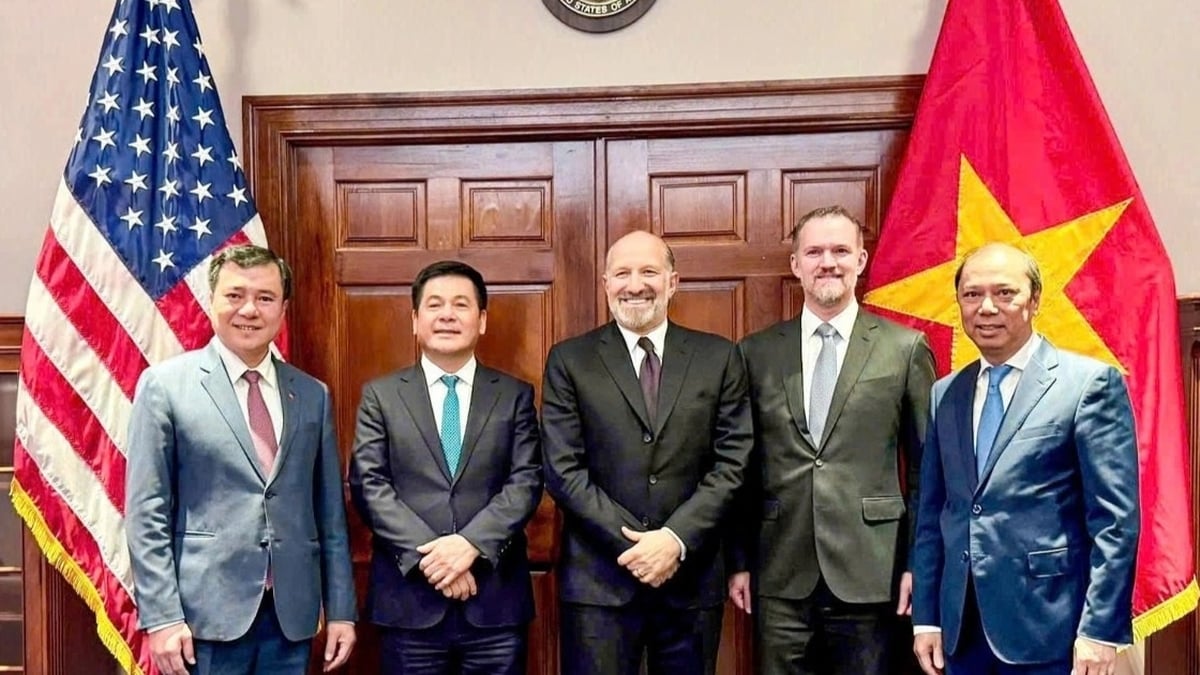






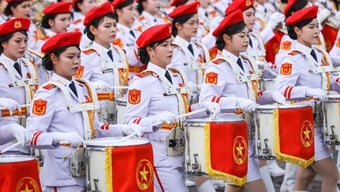







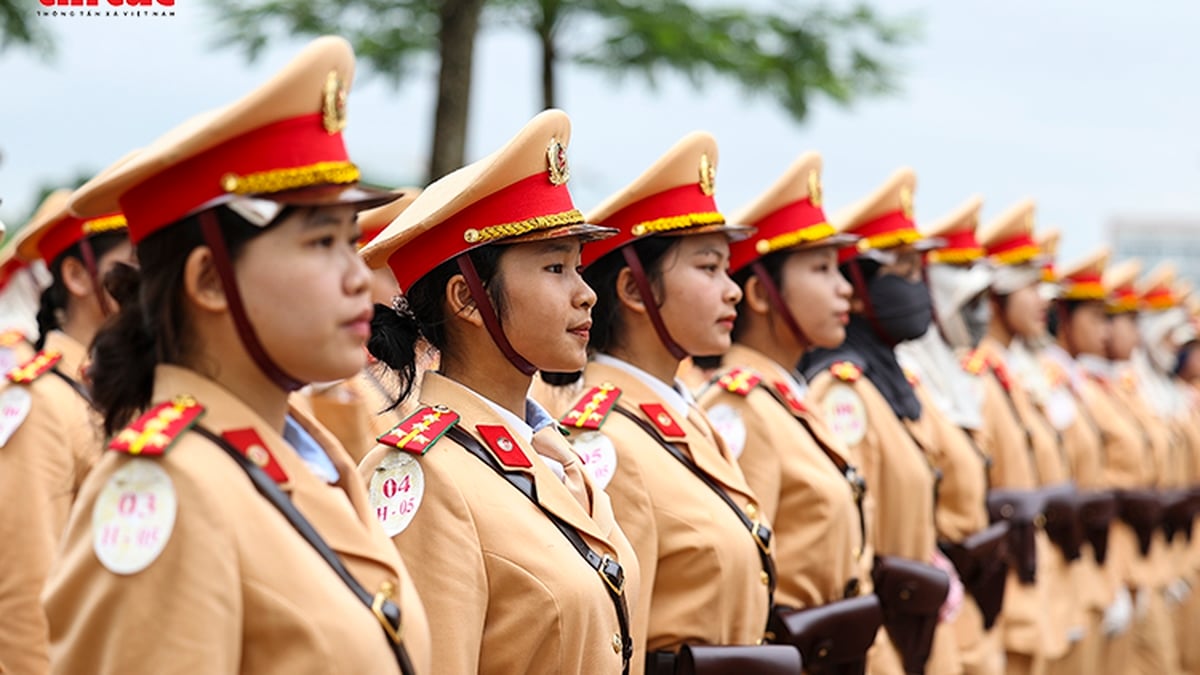
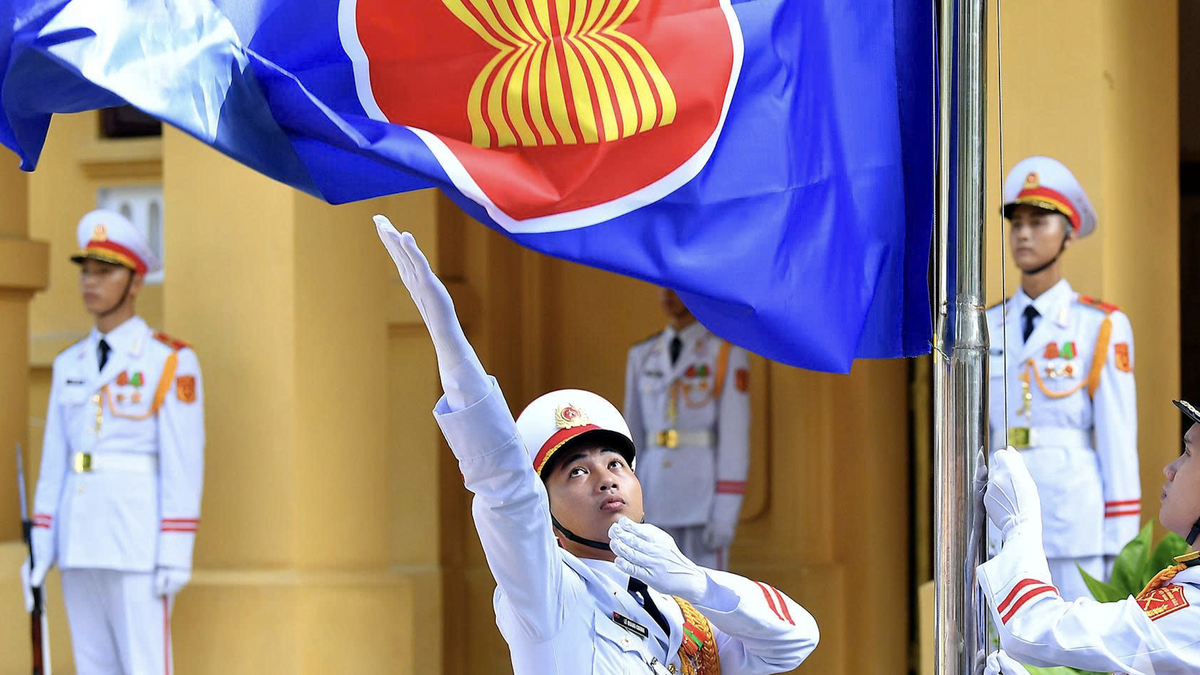
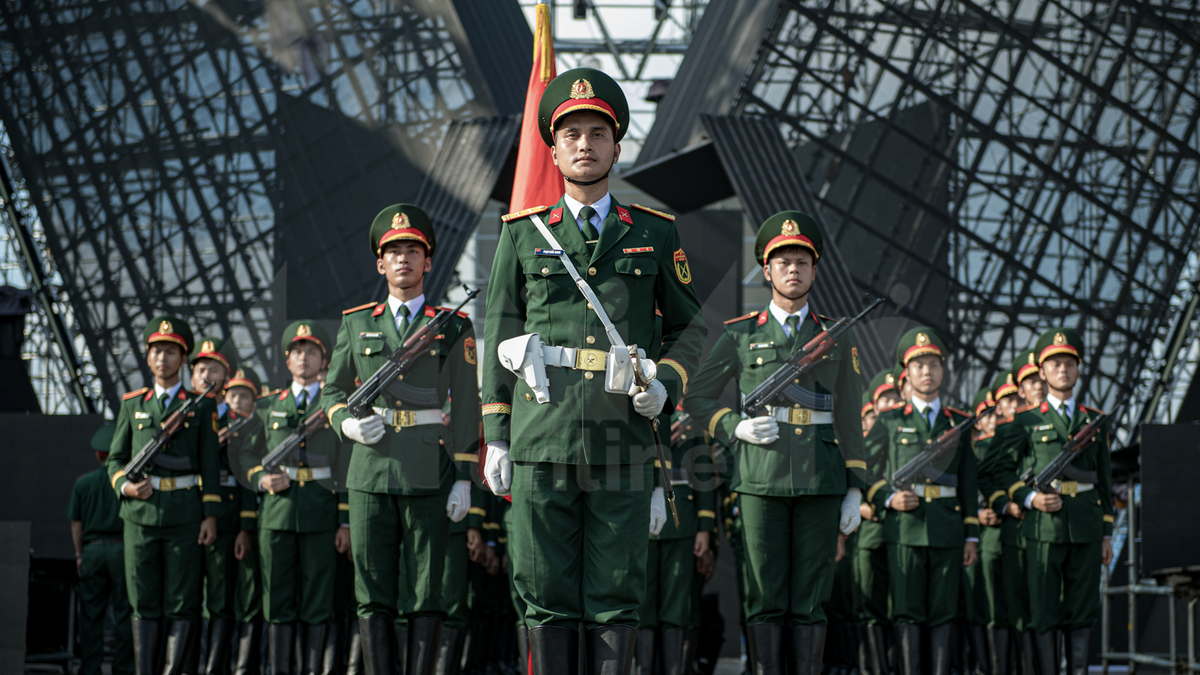
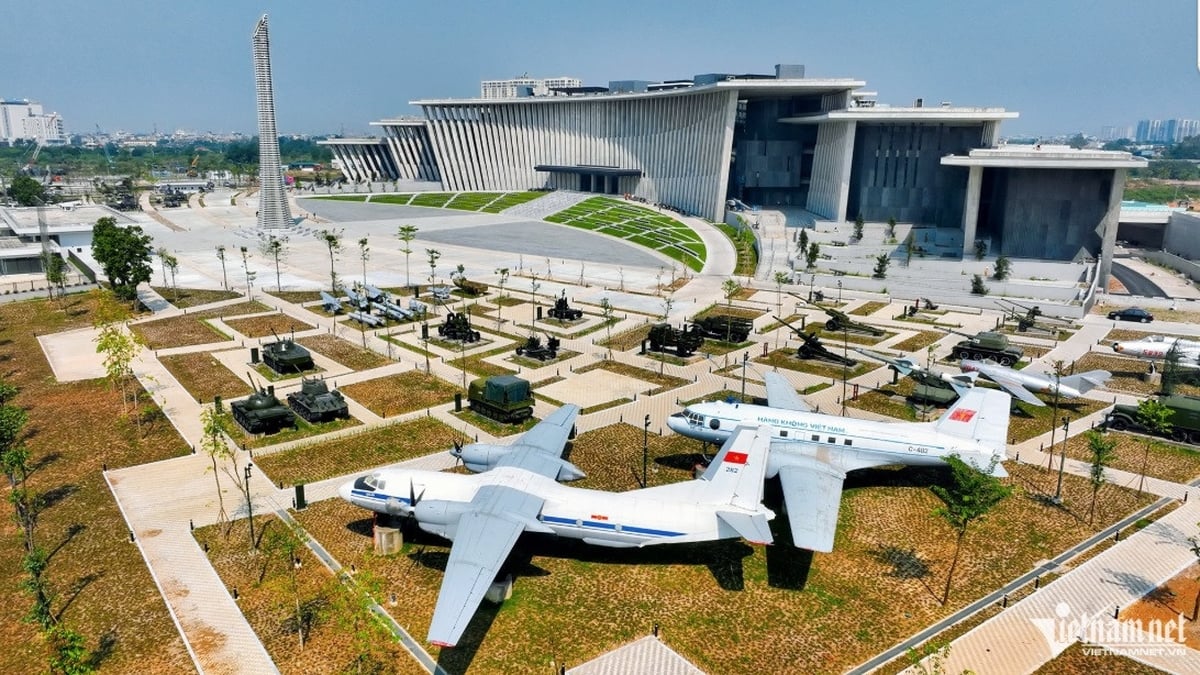


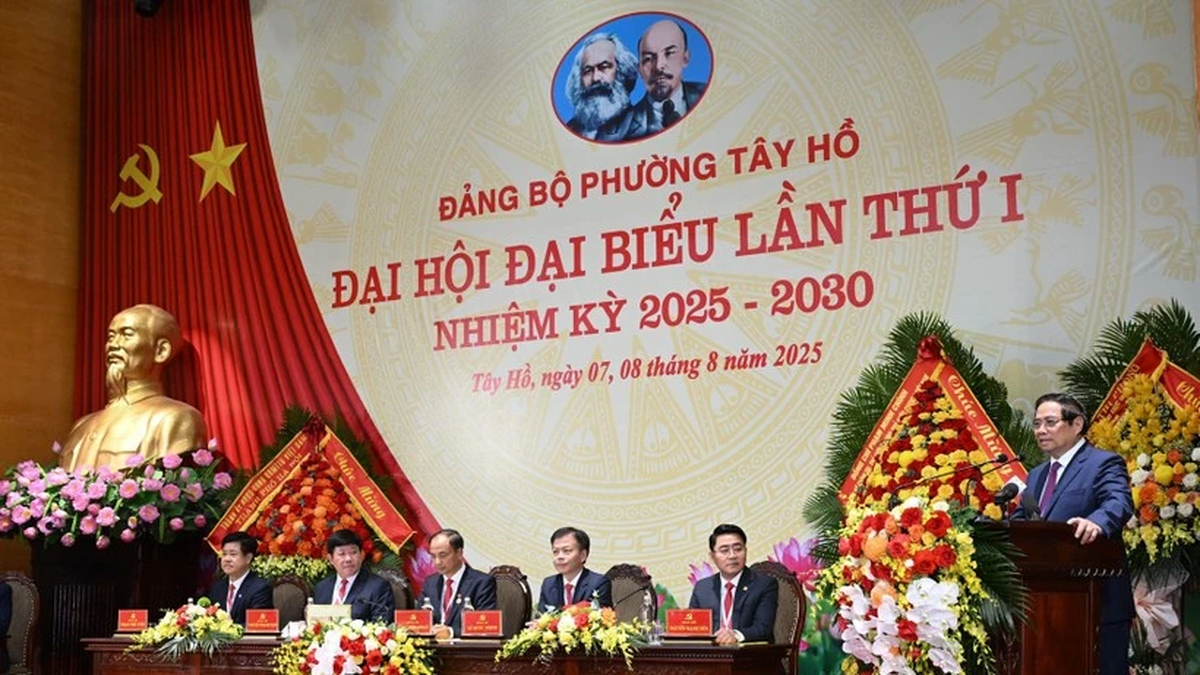


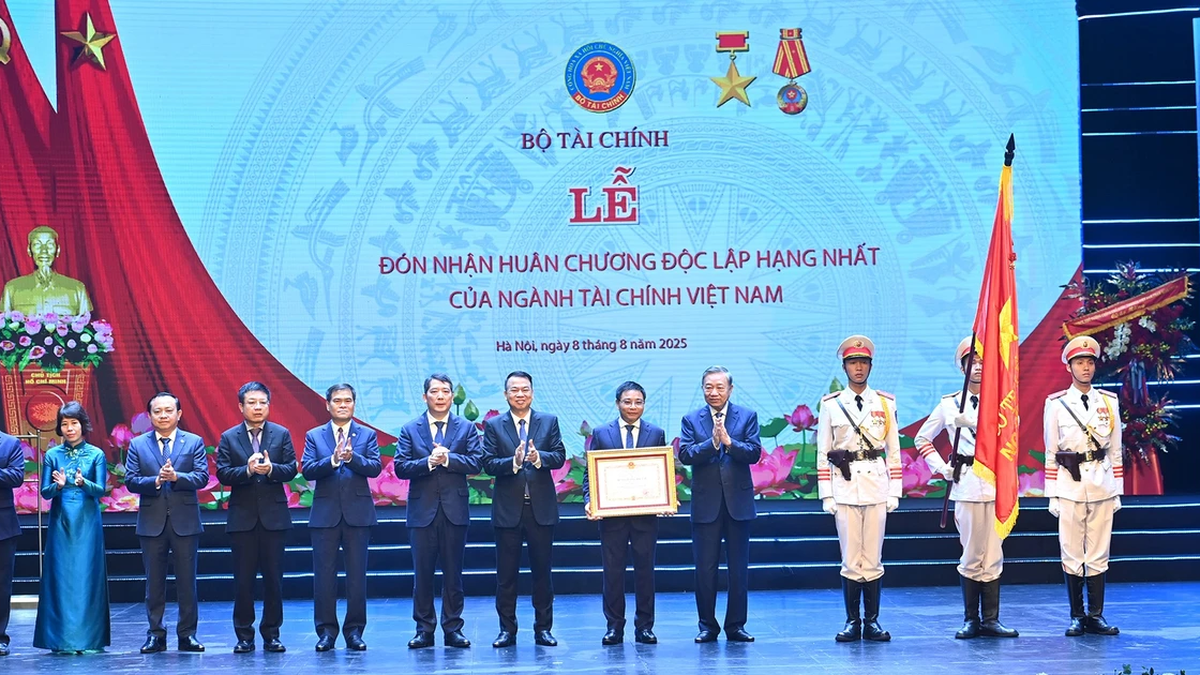




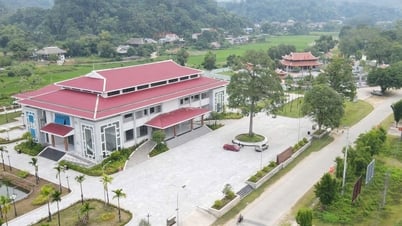

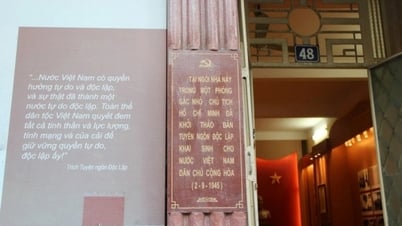

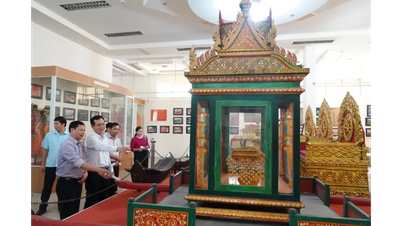



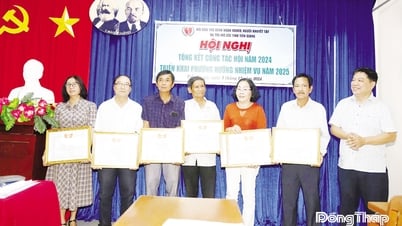
















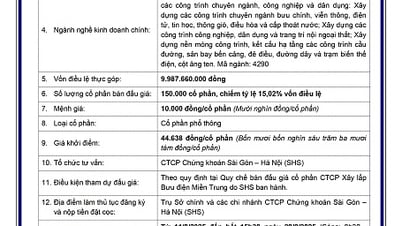
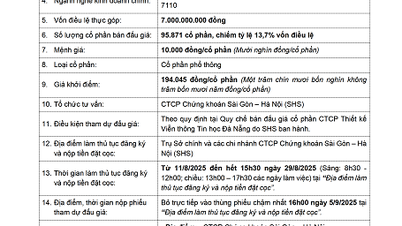

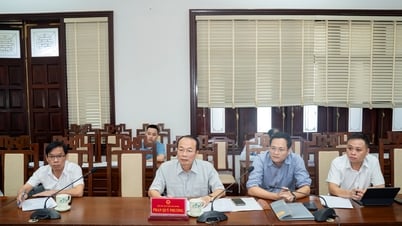
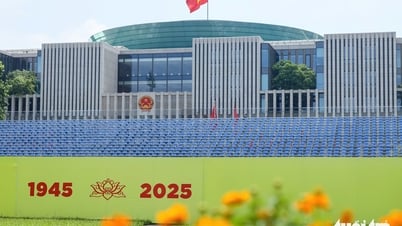




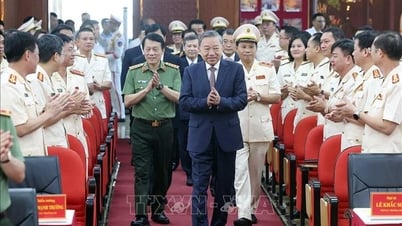


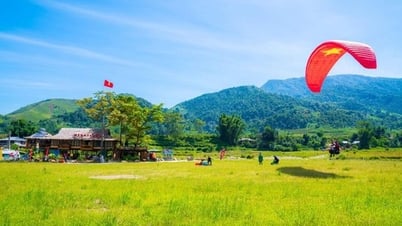
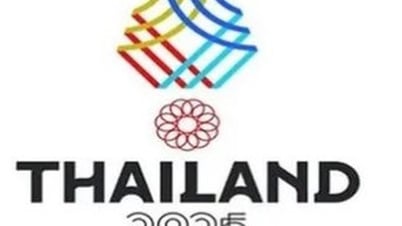























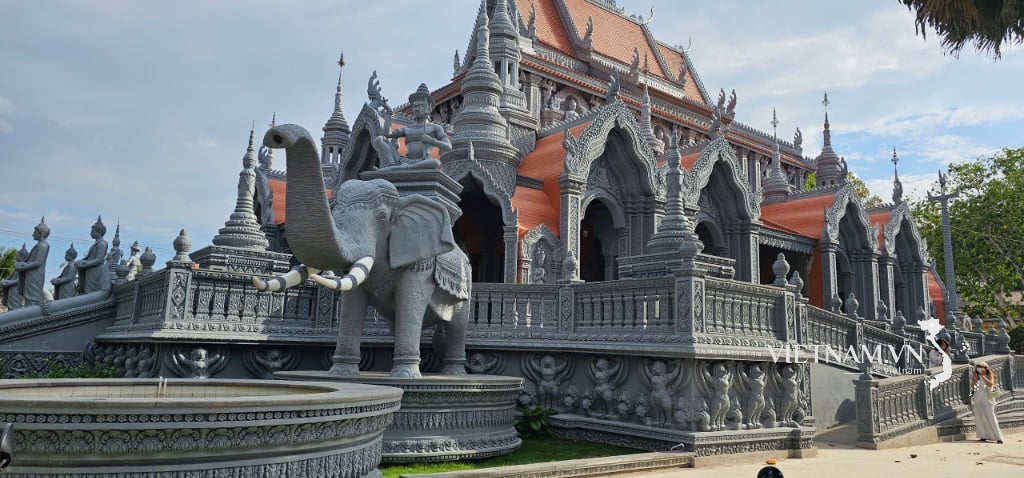

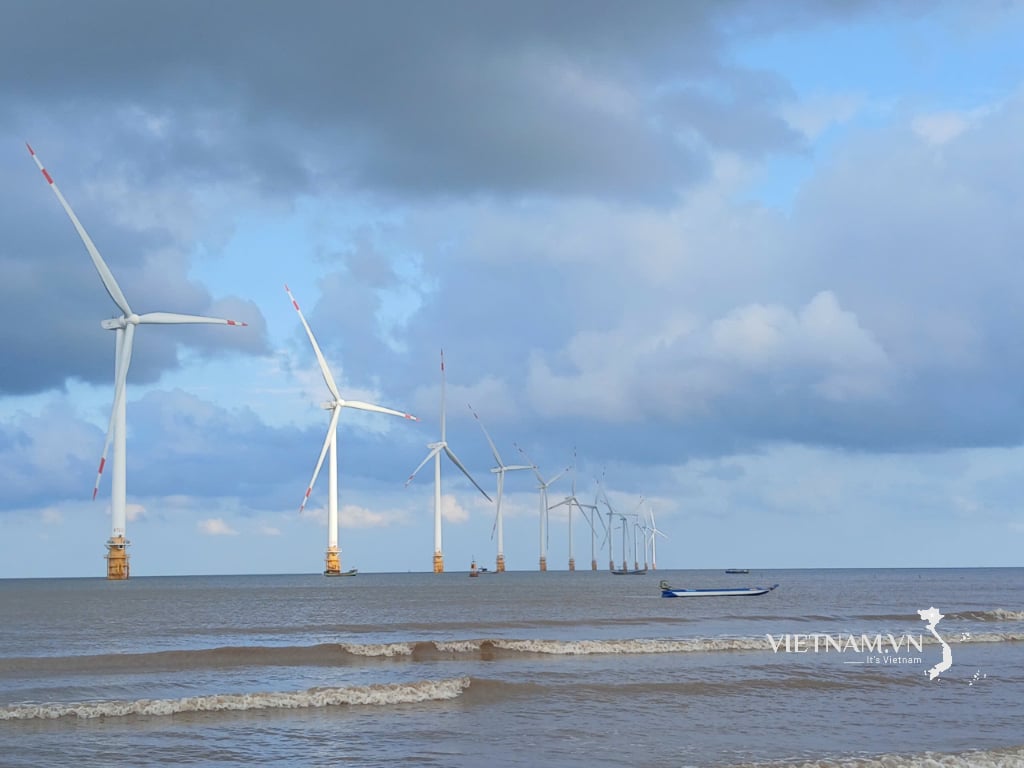

Comment (0)